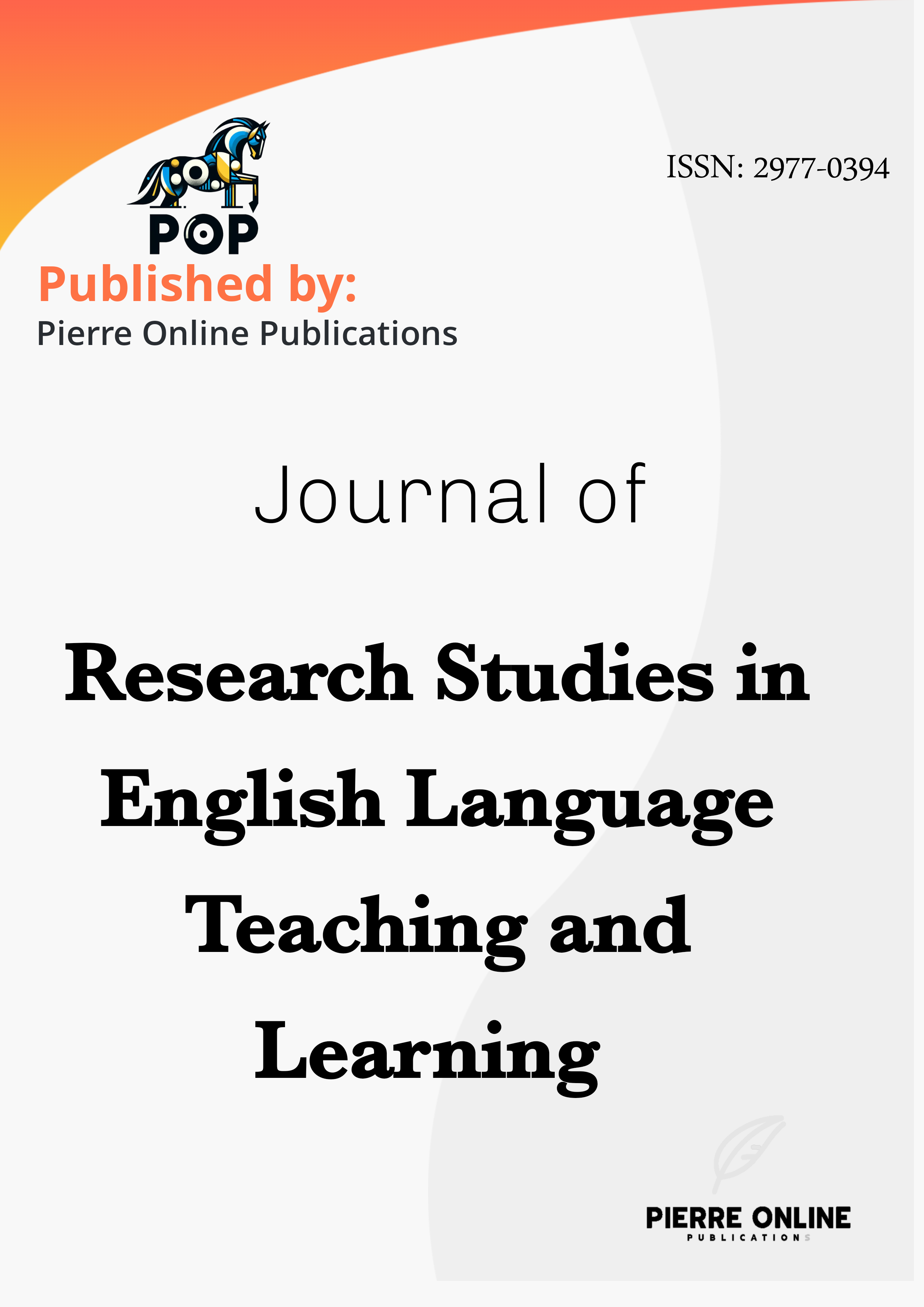Integrating direct instruction methods
Main Article Content
Abstract
This study investigates the effectiveness of integrating Direct Instruction (DI) methods into the teaching of computer skills within the context of a Palestinian university. DI is a structured, evidence-based teaching model designed to promote mastery through scripted lessons, scaffolded support, and continuous assessment. Although DI has demonstrated strong outcomes in general and special education contexts, its application in computer literacy instruction, particularly in Arabic-speaking, resource-limited settings, remains underexplored. This quasi-experimental study compares the learning gains of two groups of undergraduate students: one receiving DI-based instruction and the other taught using conventional learner-centred methods. Over six weeks, students in the DI group engaged in highly structured lessons targeting file management, word processing, and safe internet practices. Results from pre- and post-tests reveal that the DI group achieved significantly higher gains, with extremely large effect sizes across all measures. The findings suggest that DI offers a viable, pedagogically sound alternative to conventional teaching approaches in skill-based courses where structure, mastery, and assessment-driven instruction are prioritised. The study also considers the potential benefits of integrating collaborative learning strategies to complement DI’s structured format and promote learner engagement. Recommendations are provided for curriculum designers, ICT instructors, and policymakers seeking to improve digital competence outcomes in comparable educational contexts.
Downloads
Article Details

This work is licensed under a Creative Commons Attribution 4.0 International License.
The Research Studies in English Teaching and Learning (RSELTL) Journal adopts the Creative Commons Attribution 4.0 International License (CC BY 4.0). This license allows for the free distribution and modification of the work, provided that the original author and source are credited. The CC BY 4.0 license is designed to promote the dissemination of scholarly work while protecting the rights of authors.
Author Rights
Under the CC BY 4.0 license, authors retain extensive rights to their work, including but not limited to:
-
Ownership of Copyright: Authors maintain copyright ownership of their work, permitting them to deposit their work in institutional repositories, share their work as they deem appropriate, and publish their work elsewhere, provided that the original publication in RSELTL Journal is properly cited.
-
Use and Distribution: Authors are entitled to unlimited use and distribution of their own work for educational and scholarly purposes, as long as the original work is properly cited.
-
Adaptation and Derivatives: Authors have the right to adapt, modify, or create derivatives of their work, provided that the original work is properly cited, and the modifications do not misrepresent the original work.
User Rights
In accordance with the CC BY 4.0 license, users (readers, scholars, and researchers) are granted the following rights:
-
Access and Distribution: Users are allowed to read, download, copy, distribute, print, search, or link to the full texts of articles published in RSELTL Journal without seeking prior permission from the publisher or the author, as long as the original work and authorship are properly cited.
-
Creation of Derivative Works: Users may adapt or create derivative works from the RSELTL Journal articles, provided that the original work is properly cited, and the derivative work is distributed under the same CC BY 4.0 license.
Responsibilities and Restrictions
-
Attribution: Proper attribution must be given to the original author(s) and the RSELTL Journal, including provision of a link to the original work and indication if any changes were made.
-
No Additional Restrictions: Users must not apply legal terms or technological measures that legally restrict others from doing anything the license permits.
-
Commercial Use: The CC BY 4.0 license permits commercial use of the works, as long as the original work and authorship are properly cited.




